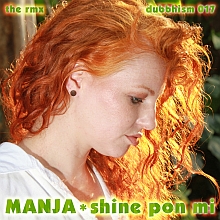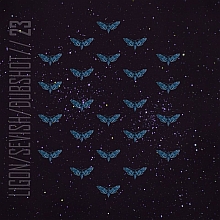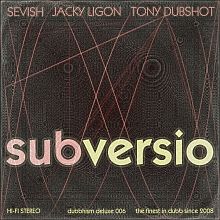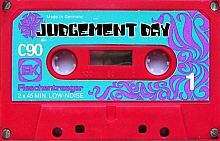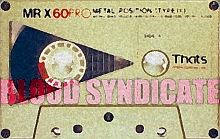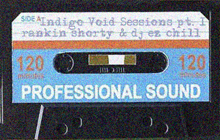
IVOR is the 2nd free VST synth designed by Jacky Ligon (Xen-Arts). The first one, known as the FMTS, was reviewed here on Dubbhism some time ago, and we even released a nine track xenharmonic album based on the sounds of the FMTS.
We've had the pleasure of testing IVOR, and Jacky has managed to surprise us again with this new design. Although the full set of xenharmonic features was to be expected, the wide range of new sonic tricks that are suggested by the design, as well as the quality of the on board effects (saturation, drift, ensemble etc.) make this vst synth a powerful addition to any setup. This synth is just different. I mean how many VSTi's use phase modulation nowadays?
Phase modulation is kind of variation on FM-synthesis. It's a technique that you really need to approach step by step. Don't expect a wide range of instant results, like the FMTS provides. On the other hand: it's more predictable than FM, so it might actually be easier for synthesists with little knowledge of FM (check out our Tao of FM tutorial series for a basic explanation of FM synthesis).
But IVOR is not really an FM kind of synth. The filter-section has 20 saturation-modes which can sound raw or subtle, but they're always very analog. The bi-directional filter modulation switch provides extra funky flavors, comparable to the effects you get from extreme (negative) feedback settings on certain analog devices. There's a very nice 'drift' function which opens up a world of wild new possibilities, and the ensemble effect has 'warmth' switches that automatically take out the harshness of FM highs when the settings are a bit extreme. Jacky likes to design his synths in such a way that very extreme settings and modulations are allowed, so this type of 'warmth' also functions as a kind of ear-protection ;-)
All of this might sound impressive, but we haven't even started looking at the things that are really unique about IVOR, like the velocity-to-harmonics modulation which enables oscillators to dynamically sound harmonics of the fundamental pitch (think: wild screaming sounds, subtle natural effects, and anything in between) and of course the (xen)harmonic specialties. If you're the kind of musician who loves to think up abstract numerological experryments, IVOR will definitely inspire lots of new calculations, combinations, modulations, pythagorean theorems and platonic fantasies featuring funny numbers colliding head-on with sonic architectures.




